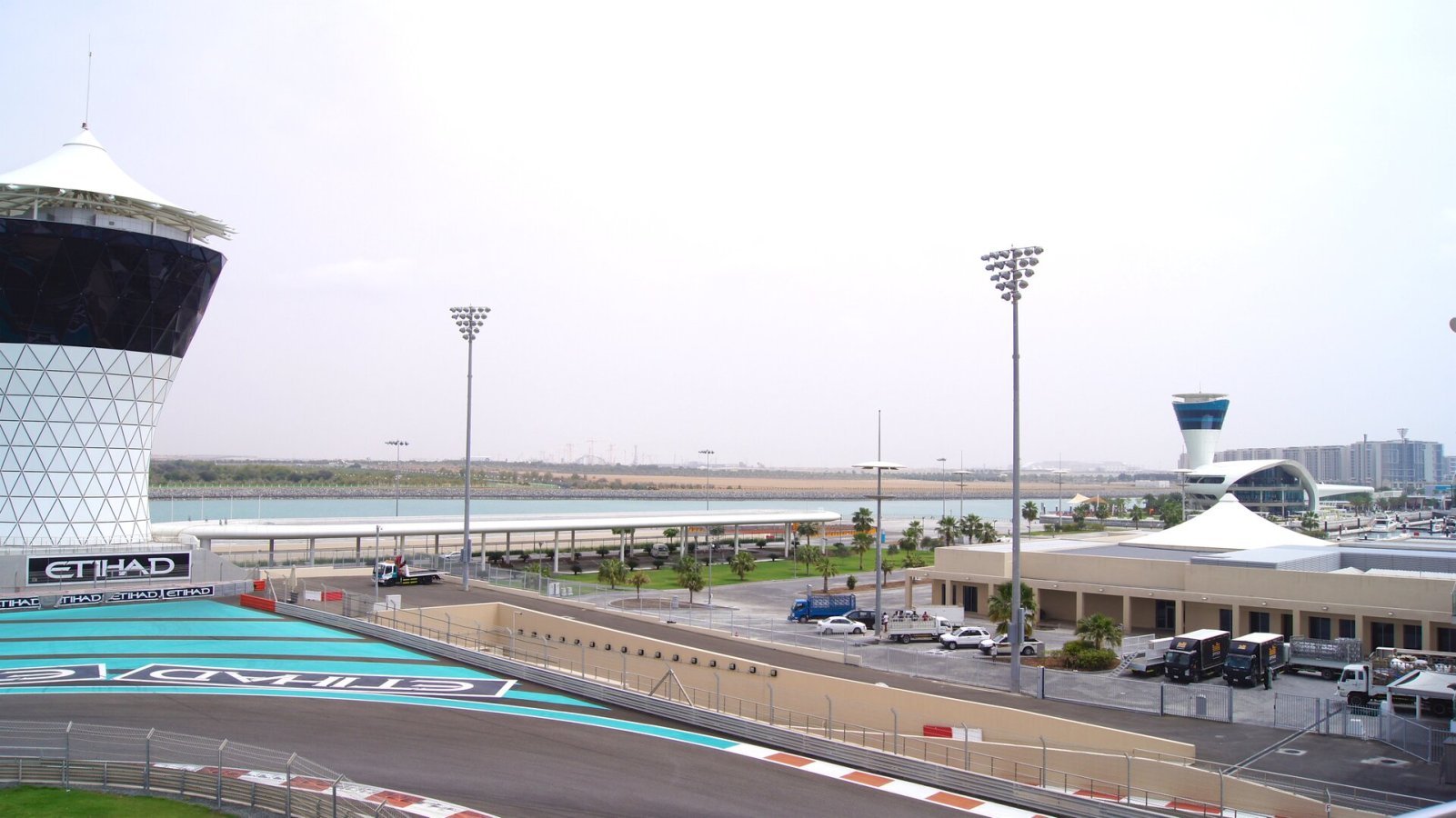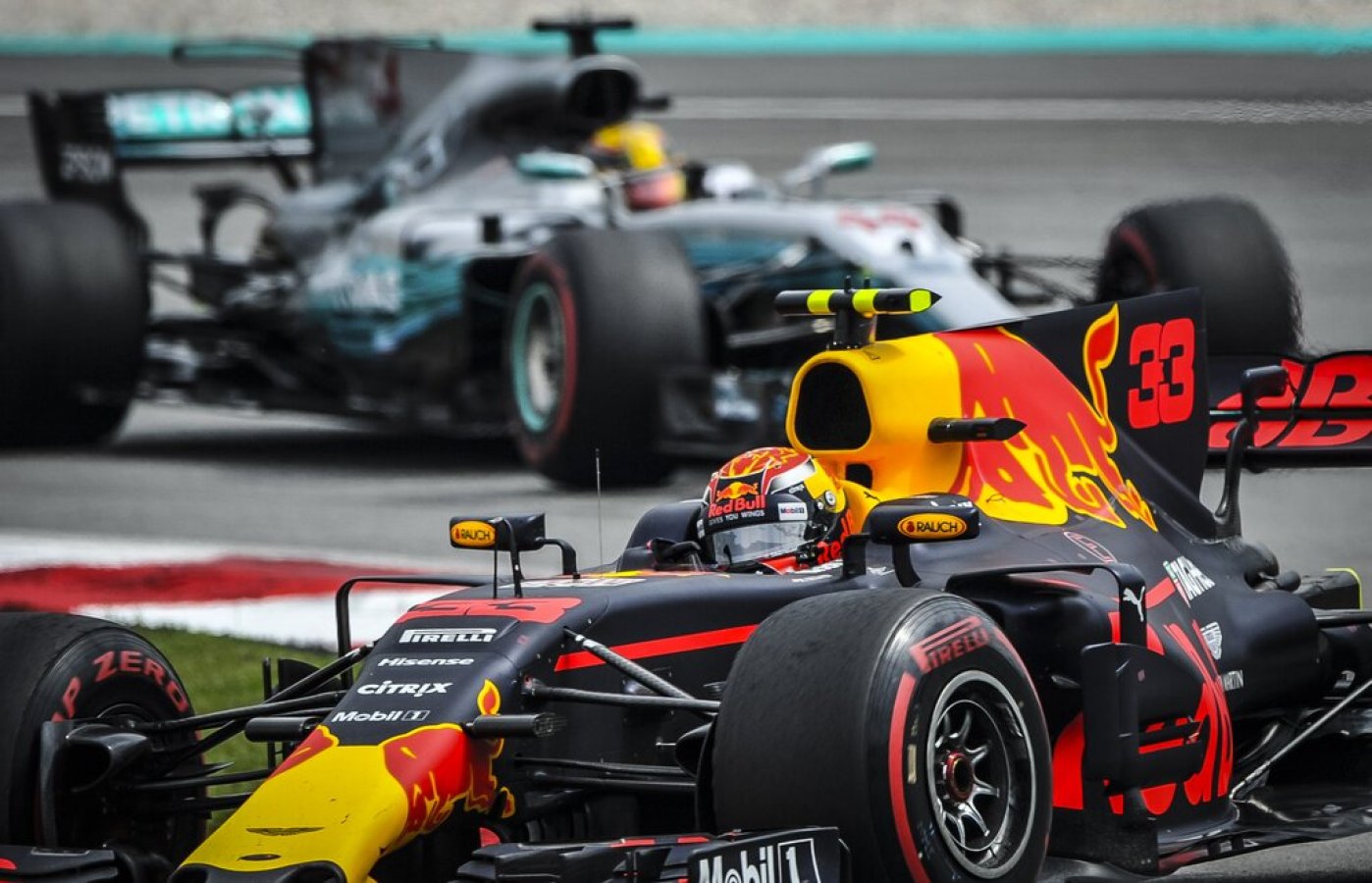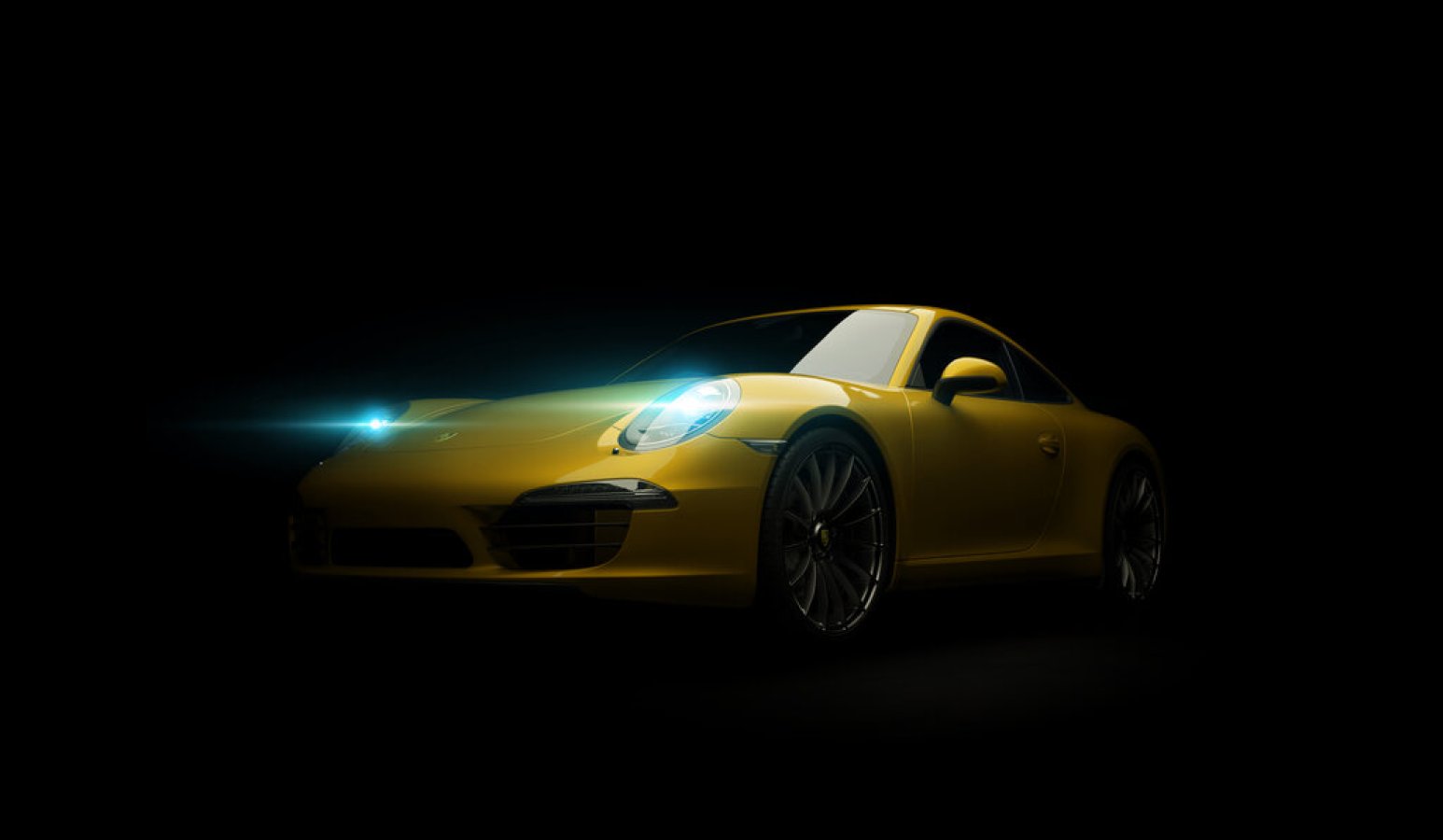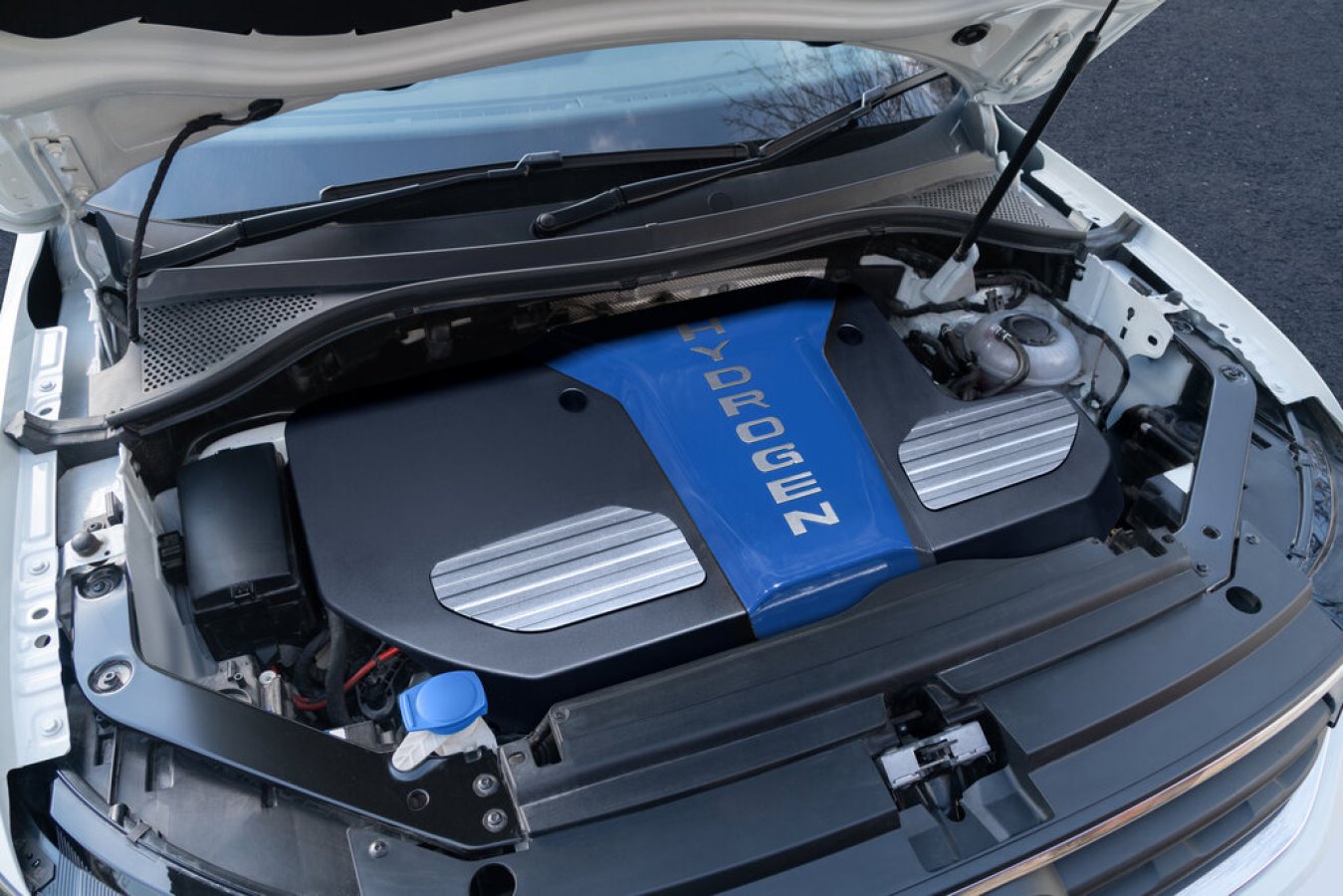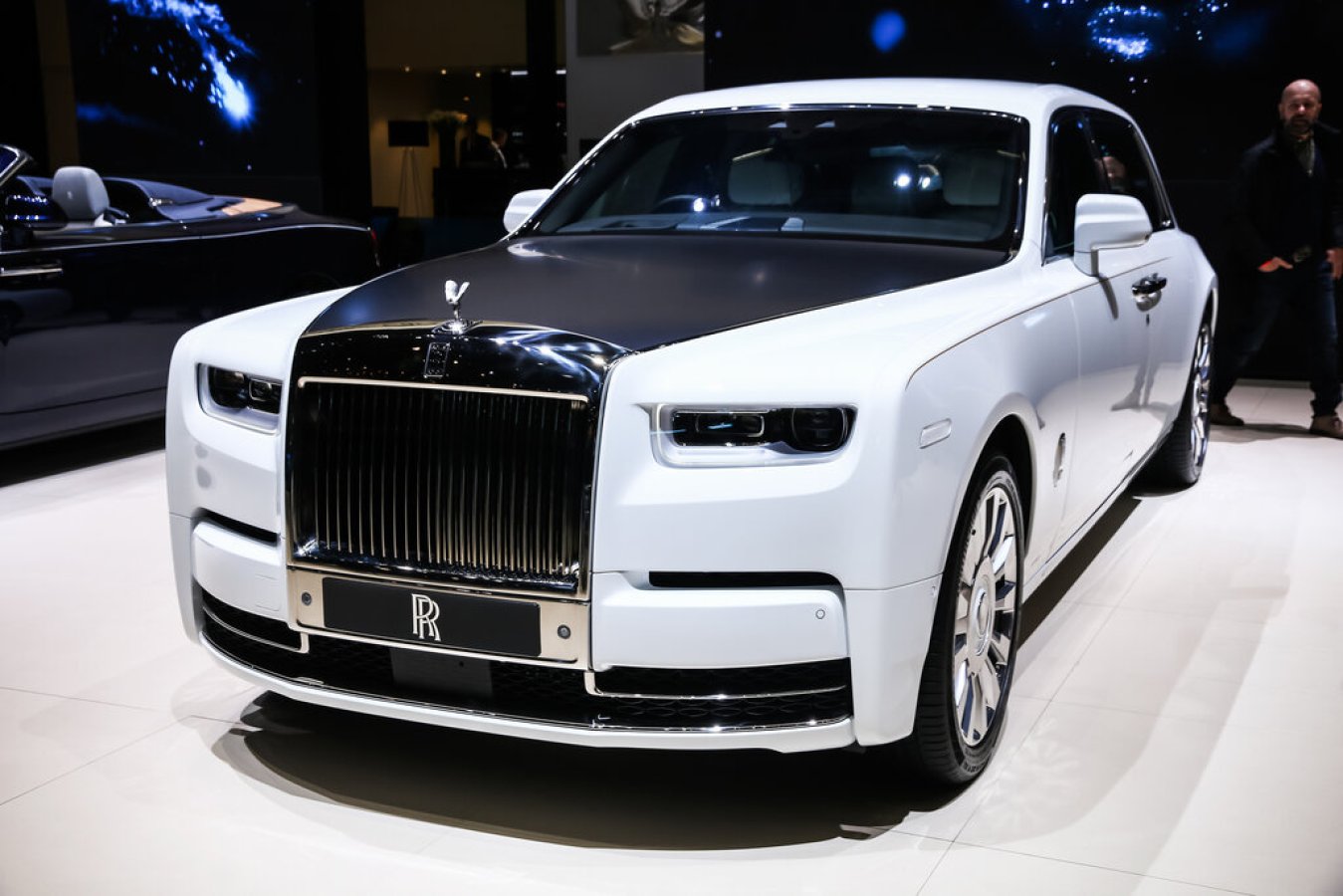We all know that the most popular car colors worldwide are white, black, and gray -- basic hues that are showing a preference for blandness, no wonder people get bored with their cars easily. Why is that? This could be due to a desire for conformity or the belief that these colors hold better long-term value.
Well, lately, BMW has been striving to change things through innovation and aims to change this with its new concept car, the BMW i Vision Dee. This vehicle has the ability to change color, display facial expressions with its grille and headlamps using e-ink, and even project a head-up display across the windshield. The compact car was unveiled at CES in Las Vegas and showcases the potential for existing technology such as a head-up display and virtual assistant. BMW is exploring where these technologies can go by the end of the decade.
Here’s what we know about this futuristic luxury car so far. For starters, the new BMW model improves upon the grayscale abilities of the BMW iX Flow concept by using 240 color e-ink panels, each with 32 color options. The panels are laser-cut and applied to the body and wheels using E Ink's ePaper film, resulting in a car that can change color to any desired hue or pattern. The color changes only consume power, and once the hue is set, no energy is needed. This makes the car versatile and energy-efficient.
i Vision Dee means "Digital Emotional Experience." It’s also the title of the car's voice assistant. BMW has experimented with its own voice control system and switched to Alexa, but now plans to develop its own voice technology with Dee. The goal is for Dee to function like other voice assistants, but also to be integrated with an advanced head-up display (HUD) that covers the entire windshield, not just a small portion like current systems.
The BMW Mixed Reality Slider allows the driver to adjust the head-up display (HUD) from stage one, where it projects onto a narrow band at the bottom of the windshield, to stage five, where the entire windshield becomes a virtual world, obscuring the real exterior. The intermediate stages offer displays for driving information, communication system contents, and augmented-reality projections (such as predicting the path of a cyclist in the driver's blind spot).
As the driver moves through the stages, the projected interface fills more of the windshield until the real view is completely obscured by the virtual world.
BMW sees a big potential in screen projection technology beyond the small head-up displays currently in use. Stage five of the i Vision Dee system could be seen as intended for a fully autonomous vehicle, allowing passengers to disconnect from the outside world and watch movies or other content. However, BMW has restrained itself with this concept and has not included any autonomous driving technology in the i Vision Dee.
BMW Group design director, Van Hooydonk, wants to emphasize that the i Vision Dee concept is not just a pipe dream. BMW is actively exploring the possibility of building the type of head-up display (HUD) shown in the concept. Van Hooydonk notes that the technology has potential benefits, such as keeping the driver's eyes focused on the road, and potentially replacing traditional dashboard displays, leading to the removal of instrument clusters from behind the steering wheel.
According to BMW, a production version of its new head-up display technology will be available in vehicles starting from 2025. These electric vehicles, referred to as Neue Klasse, are yet to be announced. While BMW's concept is impressive, it is not the only company working on advanced augmented-reality interfaces for windshields. Swiss technology firm WayRay is developing a similar technology and claims its 3D imagery, which displays speed, range, maps, and road trajectory, surpasses any other existing HUD.
The interior
The i Vision Dee boasts a minimalist interior with only the steering wheel as physical controls. The rest is controlled through voice commands with Dee and the adjustment of virtual and augmented reality displayed on the windshield. BMW sees this minimalism as a sustainable benefit and the lack of physical switchgear cuts down production costs. The concept's advanced projection technology may initially be expensive, but BMW has a practical approach by incorporating touch controls on the steering wheel for navigation and ensuring a "hands on the wheel, eyes on the road" experience rather than relying solely on distracting touchscreens.
